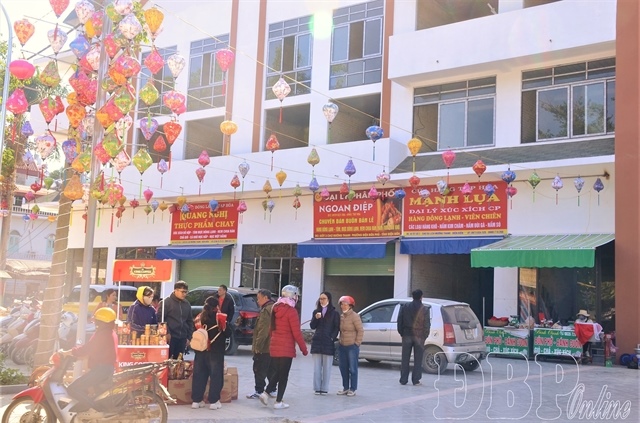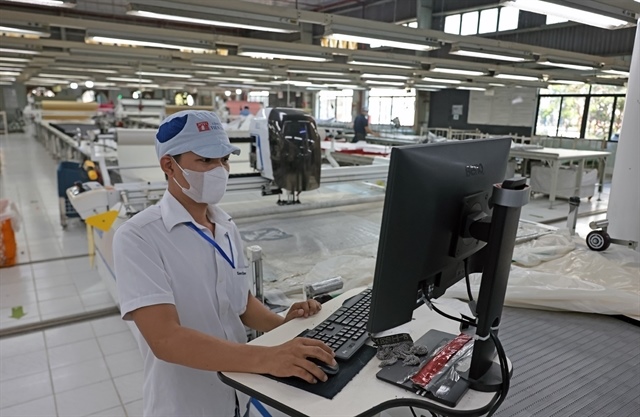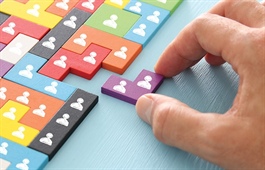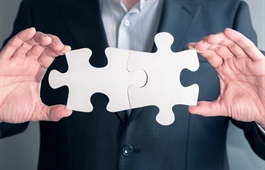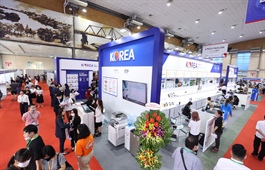Establishing more focused inspections in business sphere
Establishing more focused inspections in business sphere
Vietnam has made improvements in specialised inspection procedures to increase business facilitation. However, challenges remain in the enforcement of new free trade agreements. Greg Leon, director of the Economic Growth Office at USAID Vietnam, discussed with VIR’s Minh Anh the best practices of countries in dealing with these inspection issues.
Vietnam has made great efforts to simplify specialised inspection (SI) procedures in recent years. What are the top improvements you have seen?

Greg Leon, director of the Economic Growth Office at USAID Vietnam
|
In the past six years, SI reform has been a top priority in Vietnam with initiatives on improving the business environment and enhancing national competitiveness. Since then, Vietnam has made great improvements in the management and administrative procedures for such inspection.
For example, many related procedures been have moved from pre-clearance at the border to post-clearance inspection; the rate of imported shipments subject to SI has been reduced from 25 per cent in 2015 to 19.1 per cent in 2019; and 80 per cent of the procedures have been digitalised on the National Single Window.
With Resolution No.99/NQ-CP, the Ministry of Finance and the General Department of Vietnam Customs (GDVC) were assigned to develop a new model to reform SI where the customs will be the focal point to conduct SI on imports at the border. The scheme to reform quality and food safety inspection was later approved by the prime minister in Decision No.38/QD-TTg. With the new model, SI procedures are expected to be further simplified, therefore cutting time and reducing costs for businesses in trading across borders.
What are the challenges ahead to improve the inspections in Vietnam, and what should be done to make further advances?
There are still challenges to radically reforming SI procedures. Firstly, the root cause of these challenges is the outdated legal system. Most laws on SI were developed more than 10 years ago. Besides that, the laws were developed when the next generation of free trade agreements were not yet negotiated or entered into force. The laws, therefore, do not reflect the current situation or requirements for SI on international trade.
Secondly, the problem lies in the management style of some state agencies/ministries who believe they must inspect 100 per cent of goods versus using a statistically-driven targeting system which has been shown to be just as effective and consumes fewer staff hours.
Third, the World Trade Organization recommends that countries designate a coordinating ministry on trade facilitation matters. Vietnam has yet to identify a single state agency as a focal point for SI. This leads to overlap and obstructions in implementation of such inspection among different parties.
Lastly, incompatible IT systems for the process ultimately increases the time and cost of trade. Although the government of Vietnam frequently highlights the importance of IT and digital transformation, and has invested significantly in IT infrastructure, the systems of different state agencies are not compatible, interconnected, or interoperable, which leads to problematic SI management.
Therefore, immediate actions are recommended to address these challenges including the revision of old or outdated laws; establishing a multi-agency risk management centre to better serve the process; authorising customs to conduct SI on behalf of other state agencies; and addressing IT problems to improve the compatibility and interoperability of IT systems among various agencies.
How do other countries deal with these issues?
It is difficult to select only one best practice, as Vietnam can learn from the numerous experiences of other countries in dealing with SI issues. However, one practice from the United States and other developed economies is to create institutional changes that shift responsibility for SI at the border to a single government agency. The United States did this with the creation of US Customs and Border Protection in 2003, consolidating the inspections functions of customs, agriculture, and immigration into one agency.
Other best practices include the assessment of the quality of goods and conformity with standards based on a businesses’ level of voluntary compliance. In general, SI should be conducted based on risk assessment, drawing on information and evidence. More focused inspections can be carried out, based partly on the nature of the goods and the risks presented by the importer or exporter.
Vietnam can increase the role and importance of coordinated border management where agencies actively coordinate actions at ports of entry/borders. One way to do so would be to establish an “integrated multi-agency targeting centre” or “risk management centre” for customs and SI agencies.
USAID has identified SI reform as one of the key pillars for trade facilitation and improving national competitiveness since 2015. Through the USAID Trade Facilitation Programme, launched in 2018, and the previous Governance for Inclusive Growth Programme, USAID has supported different government agencies on reform.
USAID has and continues to provide technical assistance to GDVC including international and local experts to develop the new Scheme for SI Reform, to design and develop the associated government decree and to support further legal review working groups.
USAID is also providing technical assistance to other line ministries such as the Ministry of Science and Technology, Ministry of Industry and Trade, and the Ministry of Agriculture and Rural Development to develop and implement reforms in their respective technical areas.


